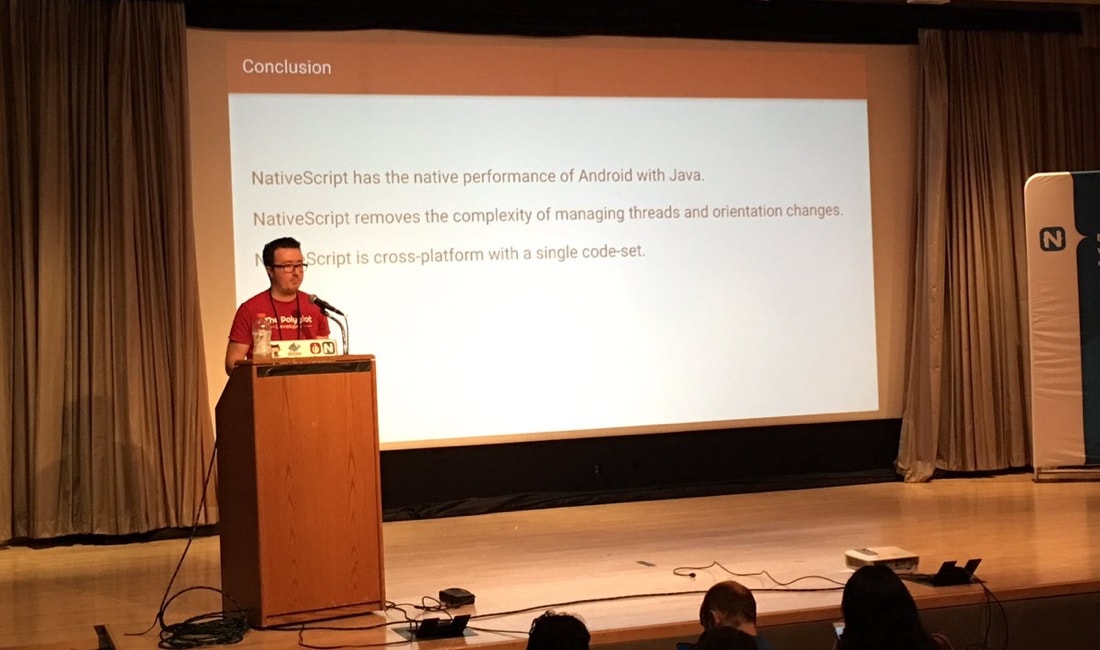Consume Remote API Data From Within A Node.js Application
Not too long I wrote about consuming remote API data using Golang. However, as you know, I’m also a heavy Node.js developer as well. So how do we issue HTTP requests from within a Node.js application and why might you want to. The simple answer is that you might want to consume someone else’s data within your web application and you can’t just do that like you would in a browser-based application using Ajax or similar.
We’re going to see how to make HTTP requests possible within Node.js.
Read MoreBuilding A RESTful API With Node.js And Hapi Framework
Back when I was really getting into the swing of Node.js, I had written about creating a simple RESTful API that made use of the Express framework. Express was, and still is, one of the most popular frameworks for creating web applications with Node.js. However, this doesn’t mean it is the best solution.
Recently I’ve been hearing a lot around Hapi for Node.js. The common feedback that I hear is that it is specifically designed for creating RESTful web services making them significantly easier to create without as much boilerplate code.
We’re going to see how to create a simple API using Hapi as well as packages such as Joi for request validation.
Read MoreWrite Guest Articles On The Polyglot Developer Blog
Do you find the content on The Polyglot Developer valuable? What if I told you that you could contribute valuable content to other developers as well?
I wanted to let you know that I’m currently accepting original guest content, from talented developers like yourself, on a variety of awesome topics.
Read MoreNativeScript Sidekick For Assisted Project Creation And Cloud Building
I was recently at NativeScript Developer Days 2017 and I was anxious to learn more about Telerik’s new developer tool called NativeScript Sidekick. I had heard about Sidekick prior to the conference, but I never had the chance to see it in action.
After seeing Sidekick in action, I must say, it is wonderful!
We’re going to see why Sidekick is so great for NativeScript development and how to get the most out of it for your own Android and iOS projects.
Read MoreNative To Hybrid And Back Again
I was recently attending NativeScript Developer Day 2017 in New York City, which is Telerik’s very own NativeScript conference.
This was a fantastic conference where I was not only a participant, but also a speaker at the event. At this event I had given a fresh presentation titled, Native to Hybrid and Back Again, where I had discussed my own personal experiences when it came to mobile application development.

I want to take the opportunity to summarize what I discussed during this event and share the slides that went with my presentation.
Read MoreUse Google Analytics In A NativeScript Angular Application
So you’ve spent time creating an awesome mobile application, but how do you know how it is performing in each of the available app stores? How can you gauge the user interactions with your application to better improve what you’ve built? The easiest way, and in my opinion the best way, would be to incorporate Google Analytics. With Google Analytics we can track application events, screen views, and other things without leaking any identifiable information about the user.
We’re going to see how to include Google Analytics in our Android and iOS mobile application built with NativeScript and Angular.
Read MoreThe Polyglot Developer Has A New Look
Back in 2014 I started The Polyglot Developer on WordPress with the intention of documenting what I learn and helping others in the process. However, back then, it was not called The Polyglot Developer, but instead Nic Raboy’s Code Blog. The blog was later rebranded in early 2016, but the look and feel stayed the same.
I am pleased to announce the new version of The Polyglot Developer and a few important things that have changed with this version 2 release.
Read More